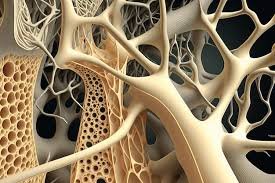Staying strong after 40 is not optional—it’s essential. Start with what you can do, build a routine, and never ignore pain or stiffness.

Cervical pain, commonly referred to as neck pain, occurs in the cervical spine—the area that starts at the base of your skull and extends down to your shoulders. Here’s an overview
Muscle Strain: Poor posture, especially from sitting for long periods, looking down at screens, or sleeping in awkward positions can cause muscle strain.
Injury: Whiplash or sudden jerks during accidents can injure the neck and cause pain.
Degenerative Diseases: Conditions like osteoarthritis or degenerative disc disease can lead to chronic cervical pain as the spinal discs lose their flexibility.
Herniated Disc: When a cervical disc bulges or herniates, it can press on nerves and cause pain, often radiating to the arms or hands.
Pinched Nerve: When nerves in the cervical spine are compressed due to disc issues or bone spurs, pain and numbness can occur.
Cervical Spondylosis: Age-related wear and tear that affects the joints and discs in the neck can lead to pain and stiffness.
Ergonomic Setup: Ensure your work or home environment supports good posture. Adjust your chair, computer, and phone to prevent straining the neck.
Regular Exercise: Strengthen the neck and upper back muscles to improve support and posture.
Sleep Positioning: Use a supportive pillow that maintains the natural curve of the neck, and avoid sleeping on your stomach.
If you’re experiencing persistent or severe cervical pain, it’s important to consult a healthcare provider to determine the underlying cause and develop an appropriate treatment plan.



Copyright © 20November 10, 2024 Dr. kanav's Joint Wellness Clinic . All Right Reserved